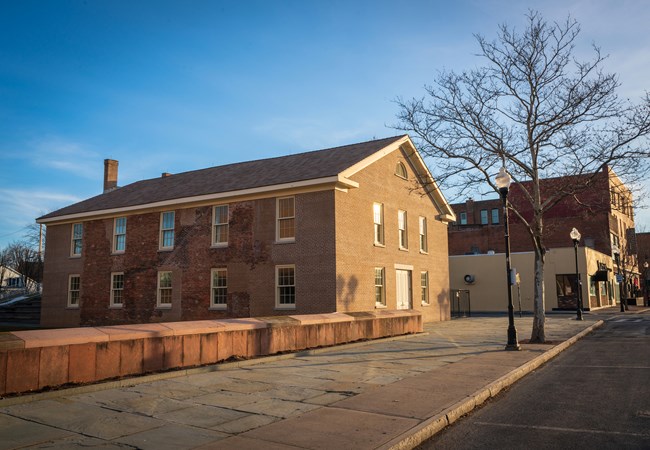Part of a series of articles titled A Great Inheritance: Examining the Relationship between Abolition and the Women’s Rights Movement.
Article
A Great Inheritance: Introduction

The abolition movement was one of the leading factors in the formation of the 19th century women’s rights movement. This series explores the connections between the abolition movement and the women’s rights movement to reveal the relationship between the two campaigns. The abolition movement provided a context in which women could question their role in society and supplied a framework which empowered women to break from ascribed gender roles. The movement also provided women with systems of support necessary to develop the women’s rights movement, taught public reform skills, and created communities where women could gather. These elements helped transform women’s discontent and awareness of their situations into activities aimed to revolutionize their subservient condition.
The women’s rights movement was largely shaped by the abolition movement. Although both groups fought for equality, various practices of racism and exclusion towards African Americans were problems that both the abolition movement and the early women’s rights movement faced. This series closes with an examination of issues of the abolition movement as mirrored by the early women’s rights movement.
Last updated: November 19, 2020
